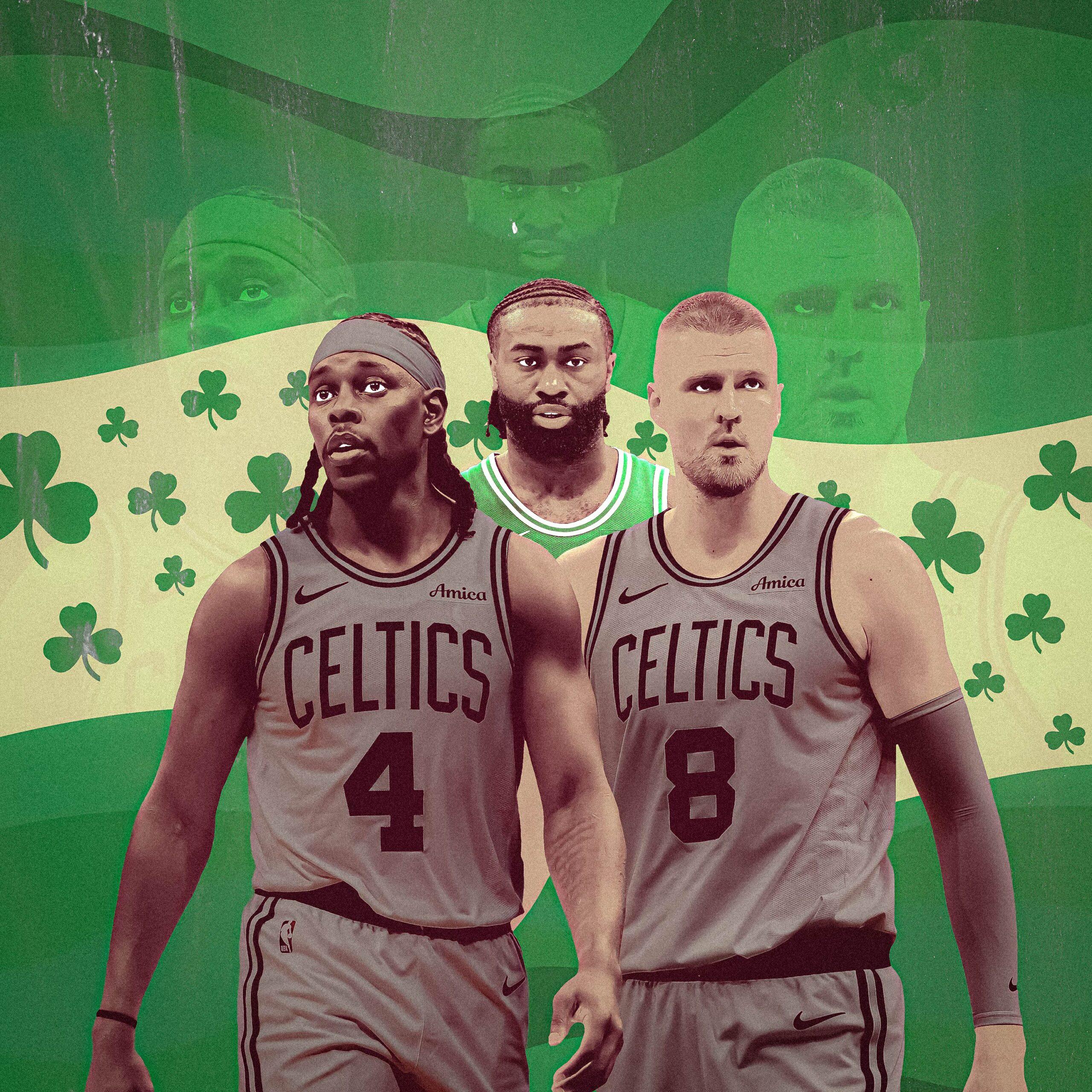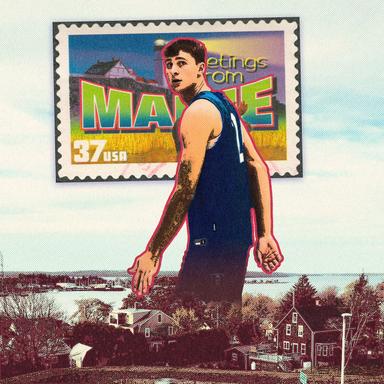
From untenable financial punishment to the overextended physical strain that increasingly makes every postseason feel like a war of attrition, the NBA’s mountaintop has never felt more slippery than it does right now.
Look no further than the Boston Celtics. After entering the season as a defending champion that was miraculously able to keep a league-high 97 percent of its previous year’s rotation intact and then won 61 games in the regular season, Boston was widely expected to be back in the NBA Finals. Instead, in Game 4 of the Eastern Conference semifinals, the Celtics’ universe imploded when Jayson Tatum ruptured his Achilles tendon reaching for a loose ball. Life comes at you fast.
Thanks to a bloated payroll and the aftermath of a devastating injury that will dramatically lower its short-term ceiling, Boston was all but forced to change the composition of its roster. And over the past 48 hours, that’s exactly what it did. First, the Celtics traded Jrue Holiday to the Portland Trail Blazers for Anfernee Simons and a pair of second-round picks. They then completed a three-team deal with the Atlanta Hawks and Brooklyn Nets that sent Kristaps Porzingis to Atlanta and Georges Niang to Boston (with another second-round pick).
The two transactions were foreseeable, pragmatic, and, for Celtics fans, a little sad. Tatum’s injury takes the edge off of news that would otherwise feel more like painful triage, but even still, it’s jarring to think about how awesome the Celtics looked just a couple of months ago, take stock of their new reality, and understand why the front office’s decision to downshift onto shakier ground was spot-on. (The fact that these moves can each grade out as a “win” in an ecosystem that punishes shrewd decisions and indirectly prohibits successful teams from enjoying prolonged continuity is a different conversation for another day. If this had all happened a few years ago under the old CBA, Boston would have been more comfortable keeping everyone together and waiting out Tatum’s rehab. Alas, that is not the world we live in.)
Holiday is 35 years old and owed $104 million through 2028. Porzingis will turn 30 in August and is on a $30.7 million expiring contract. Instead of having to attach draft capital to unload them, the Celtics somehow managed to receive two second-round picks in their effort to dump salary. That’s masterful front-office work. Overall, Boston sent roughly $135 million out the door and took about $36 million in. Put another way, Holiday and Porzingis would have accounted for approximately 40 percent of the cap next season, while Simons and Niang add up to just about 23 percent.
The two agreements slide the Celtics under the second apron and somehow position them within shouting distance of the luxury tax; they are currently facing increasingly punitive repeater payments, but have several ways and plenty of time to duck below the tax line, either with more cost-cutting moves this summer or before February’s trade deadline. Jaylen Brown and Derrick White are probably going to stay put, but Brad Stevens will listen if a ludicrous offer comes along for either one.
Simons is a particularly interesting addition, as someone who just turned 26 years old and is on an expiring contract. How long, exactly, he stays in Boston is anyone’s guess, but he probably shouldn’t get too comfortable. Simons has debilitating defensive shortcomings and pretty much no meaningful playoff minutes on his résumé, but Simons’s explosiveness will be helpful on a team that needs more ball handling and outside shooting in the wake of Tatum’s injury. There’s a world where Simons takes advantage of Boston’s spacing and averages a modestly efficient 20-plus points per game. If that happens, the Celtics shouldn’t have too difficult a time flipping him for someone who makes even less money and avoiding the tax altogether.
So long as Joe Mazzulla is the head coach, this team will probably still take a ton of 3s, but it now may need to create them while operating at a much faster pace, utilizing the youth and athleticism of players who are about to be thrust into larger roles. This brings us to a pretty important question: How good will the Celtics be? The offseason has not technically even begun and more questions (like, what’s going on with Al Horford and Luke Kornet?) still need to be answered, but if the season started tomorrow, Boston’s hypothetical rotation would look something like: Brown, White, Simons, Niang, Sam Hauser, Payton Pritchard, Neemias Queta, JD Davison, Baylor Scheierman, Jordan Walsh, and maybe whoever they take with the 28th pick in Wednesday’s draft.
For a team that’s intentionally taking a step back with the hope of rising up again when Tatum is presumably back at 100 percent in 2027, it’s not a bad spot to be in. The Celtics can be plucky and still potentially end up with a decent lottery pick. (In the past two draft lotteries, the Hawks jumped nine spots, the Rockets jumped six spots, the Spurs jumped six spots, and the Mavericks jumped 10 spots.) They don’t have to hollow everything out just yet. A lot can still change over the next few months, but right now Boston still has two starters from the 2024 championship team, the reigning Sixth Man of the Year, excellent 3-point shooting, and a talent like Simons in house as a total wild card.
The Celtics also generated a $22.5 million trade exception in the Porzingis trade, which doesn’t expire until next July. They’ll possibly be able to use the non-taxpayer midlevel exception next summer, and still have control over all their own first-round picks in 2026, 2027, 2028, 2030, and 2031. (The San Antonio Spurs can swap top-1-protected firsts with Boston in 2028.)
Analyzing these two trades almost feels like reviewing a movie during its second act. It’s too soon to know when or whether the Celtics can get back to contending for their 19th title. We’re over a year out from that even being remotely possible, with Tatum still needing to show he can be the same player. But the decisions to move on from Holiday and Porzingis showcased this team’s ability to make the most out of an extremely difficult situation. Over the next few days and the weeks that follow, we should get a better sense of how challenging Boston’s path back up the mountain will actually be.





